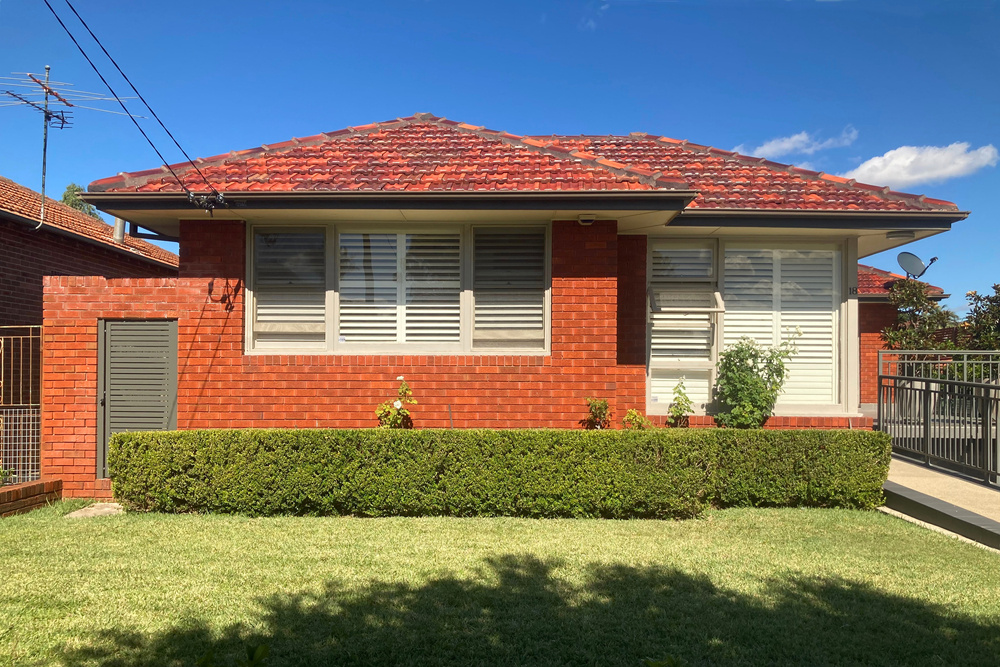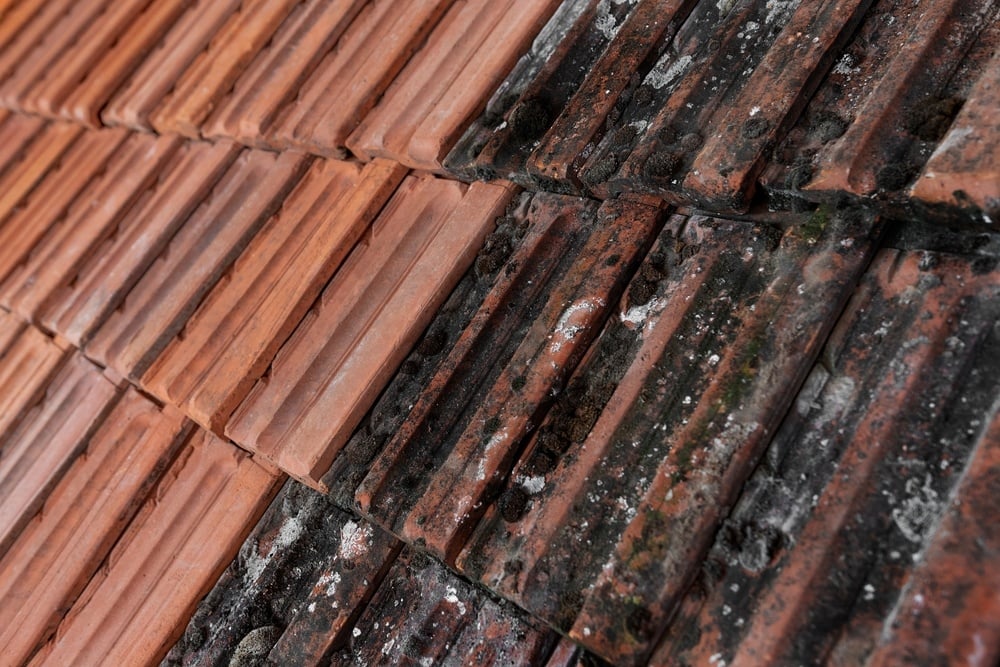
Sep
How to Get Rid of Mould on Roof Cavity, Tiles & Ceiling
Mould on your roof, tiles, and ceiling isn’t just an aesthetic issue, it’s a sign of moisture problems that can lead to significant health risks and structural damage if not addressed promptly. This comprehensive guide will help you understand why mould grows, the potential dangers it poses, and how to effectively prevent and remove it.
Why Does Mould Grow on the Roof?
Mould thrives in damp, dark environments, making your roof and ceiling susceptible if conditions are right. Here are the primary reasons mould can develop on these surfaces:
- Poor Ventilation: Inadequate ventilation in the roof cavity prevents moisture from escaping. Warm, moist air rises and condenses on cooler surfaces, such as roof tiles and ceiling areas, creating an environment ideal for mould growth.
- Leaks and Water Damage: Leaks from damaged shingles, faulty flashing, or clogged gutters allow water to seep into the roof cavity. Persistent moisture can lead to mould growth on roof tiles and the ceiling beneath. Even small leaks, if left unchecked, can result in significant mould problems.
- Clogged Gutters: When gutters are blocked by leaves and debris, water cannot flow properly and can overflow, seeping into the roof structure. This trapped water creates a moist environment conducive to mould growth.
- Overhanging Trees: Trees that overhang your roof can trap moisture and block sunlight. This combination of trapped moisture and reduced sunlight makes it harder for your roof to dry out, increasing the likelihood of mould growth.
- High Humidity: Homes with high indoor humidity levels are more prone to mould. Poor ventilation combined with high humidity levels can lead to condensation on roof surfaces and ceilings, fostering mould growth.

How to Remove Mould from Your Roof
Removing mould from your roof requires careful handling to ensure safety and effectiveness. Follow these steps to clean and remove mould:
- Safety Precautions: Wear protective gear, including gloves, goggles, and a mask to avoid inhaling mould spores or coming into contact with cleaning solutions. Ensure you have a stable ladder and a secure footing while working on the roof.
- Prepare the Area: Clear any debris from the roof and surrounding areas. Set up a stable ladder and ensure that you have all necessary tools and cleaning solutions within reach.
- Select a Cleaning Solution: For general cleaning, mix water with mild detergent. For more stubborn mould, use a solution of one part bleach to three parts water. Avoid using undiluted bleach as it can damage roofing materials and harm the environment.
- Apply the Solution: Using a soft-bristled brush or sponge, gently scrub the affected areas with the cleaning solution. Be cautious not to damage the roofing material. Apply the solution evenly and allow it to sit for about 15-20 minutes before scrubbing.
- Rinse Thoroughly: Rinse the area with clean water to remove any remaining cleaning solution and mould residues. Ensure that no solution is left behind, as it can attract dirt and exacerbate mould growth.
- Dry the Area: Allow the roof to dry completely. Proper drying is essential to prevent mould from returning. If possible, use a leaf blower or similar tool to help speed up the drying process.
- Inspect and Repair: After cleaning, inspect the roof for any damage or areas that may need repair. Fix any issues promptly to prevent future mould problems. Check for leaks, damaged shingles, or compromised flashing.
- Seek Professional Help: For extensive mould problems or if you are uncomfortable working at heights, consider hiring a professional roof cleaner. Professionals have the expertise and equipment to handle large-scale mould removal and ensure that the job is done safely and effectively.
Is Roof Mould Dangerous for my Health?
Yes, mould on your roof and ceiling can be harmful for your health. Mould spores become airborne and can be inhaled, leading to a range of health issues, particularly for sensitive individuals. Health risks associated with mould exposure include:
- Allergic Reactions: Mould spores can trigger allergic reactions such as sneezing, runny nose, itchy eyes, and skin rashes. People with existing allergies or asthma may experience exacerbated symptoms.
- Respiratory Problems: Prolonged exposure to mould can cause or worsen respiratory conditions like asthma, bronchitis, and other chronic respiratory issues. The inhalation of mould spores can irritate the airways and lead to persistent coughing or wheezing.
- Weakened Immune System: Individuals with weakened immune systems, such as those undergoing chemotherapy or living with autoimmune conditions, are more susceptible to mould-related health problems.
- Fungal Infections: Although rare, mould exposure can lead to fungal infections in people with compromised immune systems. In such cases, prompt medical attention is necessary to manage the infection effectively.
Addressing mould issues quickly is crucial to minimising these health risks and preventing further damage to your property.

How to Prevent Mould Growing on the Roof
Preventing mould growth involves both proactive maintenance and addressing potential problem areas before they escalate. Here’s how you can keep your roof and ceiling free from mould:
- Improve Roof Ventilation: Ensure your roof cavity has proper ventilation. Install vents, whirlybirds, or exhaust fans to regulate temperature and humidity levels. Effective ventilation helps dissipate warm, moist air and prevents condensation on roof surfaces.
- Regular Roof Inspections: Conduct annual inspections of your roof and attic to identify any signs of damage or moisture intrusion. Look for missing or damaged shingles, deteriorated flashing, and signs of water stains or leaks. Address any issues promptly to prevent moisture problems.
- Clean Gutters and Downspouts: Regularly clean your gutters and downspouts to ensure they are free of debris. Clogged gutters can lead to water overflow and damage to the roof structure. Clear gutters at least twice a year, or more frequently if you have overhanging trees.
- Trim Overhanging Trees: Trim back trees and branches that overhang your roof to prevent moisture accumulation and allow sunlight to reach the roof. This helps the roof dry out more effectively after rain.
- Control Indoor Humidity: Maintain indoor humidity levels below 60% to reduce the risk of mould growth. Use dehumidifiers in high-moisture areas like bathrooms and basements. Ensure proper ventilation in these areas, particularly in kitchens and laundry rooms.
- Use Mould-Resistant Materials: When repairing or replacing your roof, consider using mould-resistant roofing materials. These products are designed to resist mould growth and can provide added protection against future issues.
Long-Term Maintenance
In addition to immediate mould removal and prevention measures, long-term maintenance can help ensure that mould doesn’t become a recurring issue.
- Regular Maintenance: Schedule annual roof inspections and cleanings. Regular maintenance helps identify potential issues early and ensures that your roof remains in good condition.
- Enhance Insulation: Proper insulation in your roof cavity can help control temperature and humidity levels. Upgrading to high-quality insulation can prevent condensation and reduce the risk of mould growth.
- Professional Mould Remediation: For persistent or extensive mould problems, professional mould remediation services may be necessary. Professionals can provide comprehensive mould removal, repair structural damage, and apply specialised treatments to prevent future mould growth.
- Insurance Claims: If your roof mould problem is covered by insurance, professional services may be required to document the damage and support your claim. Working with professionals ensures that your claim is processed efficiently and that you receive appropriate compensation.
Summing Up
Through understanding the causes of mould, its health risks, and implementing effective prevention and removal strategies, you can protect your home and your health from the adverse effects of mould. Regular maintenance and vigilance are key to keeping your roof and ceiling free from mould and ensuring a safe, healthy living environment for you and your family.
If you’re considering roof restoration or roof replacement, talk to us. As Brisbane's professional roofers, we provide reliable and trustworthy roofing services for homes and commercial properties.
Contact us today for a free consultation.









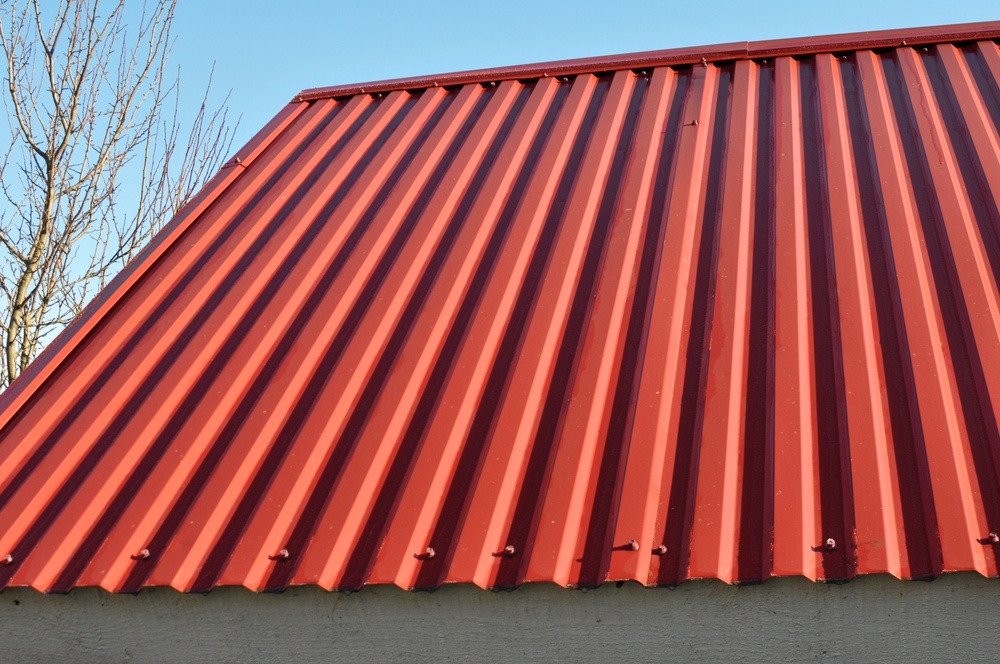
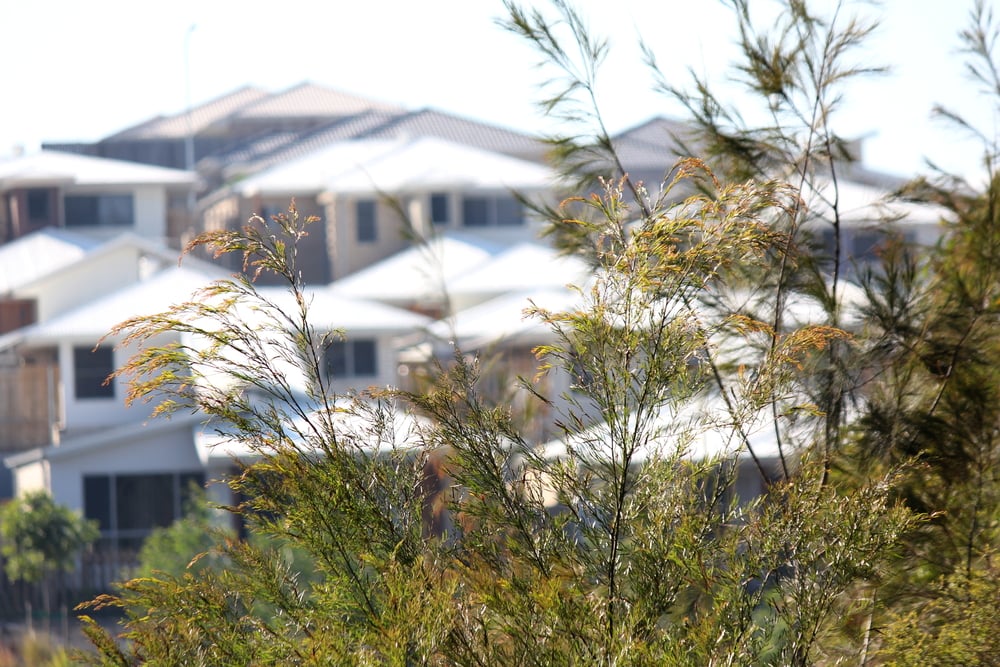



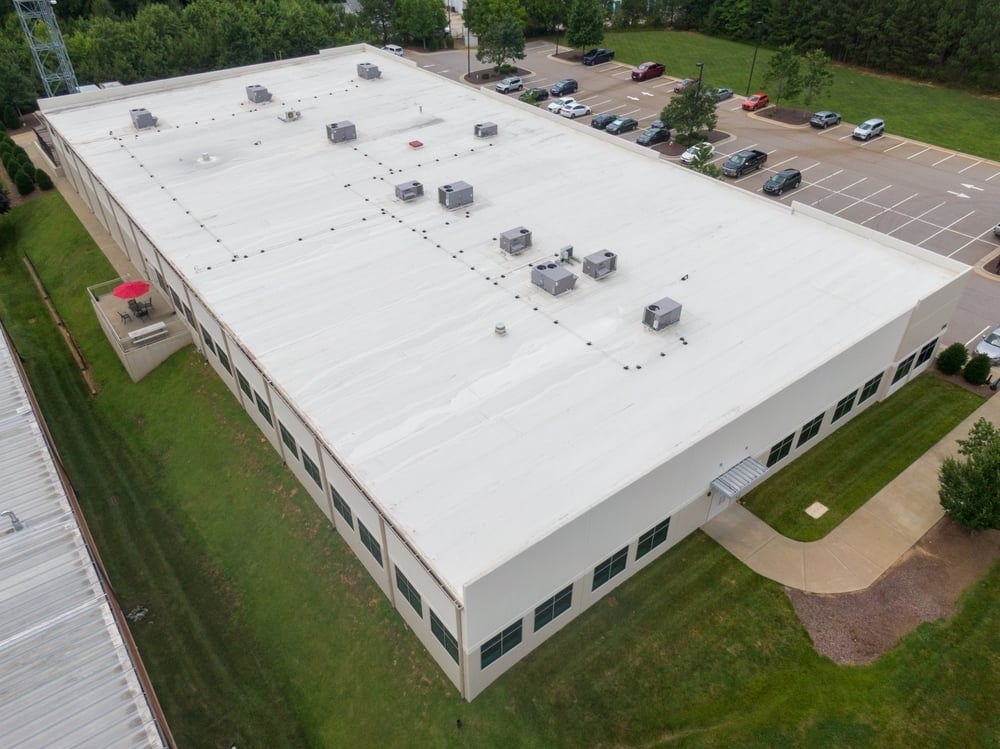
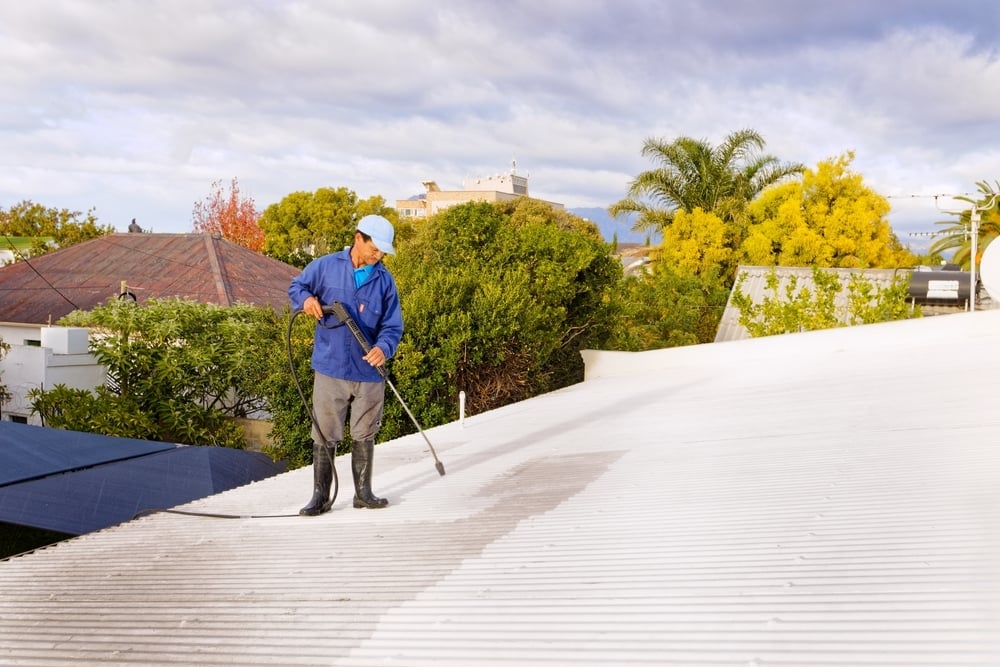
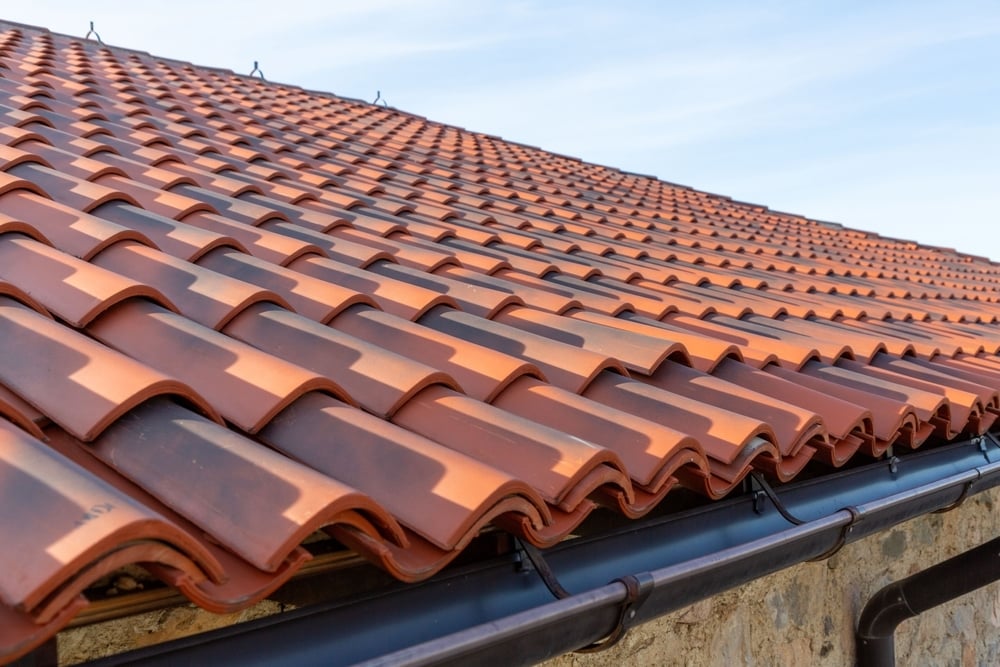
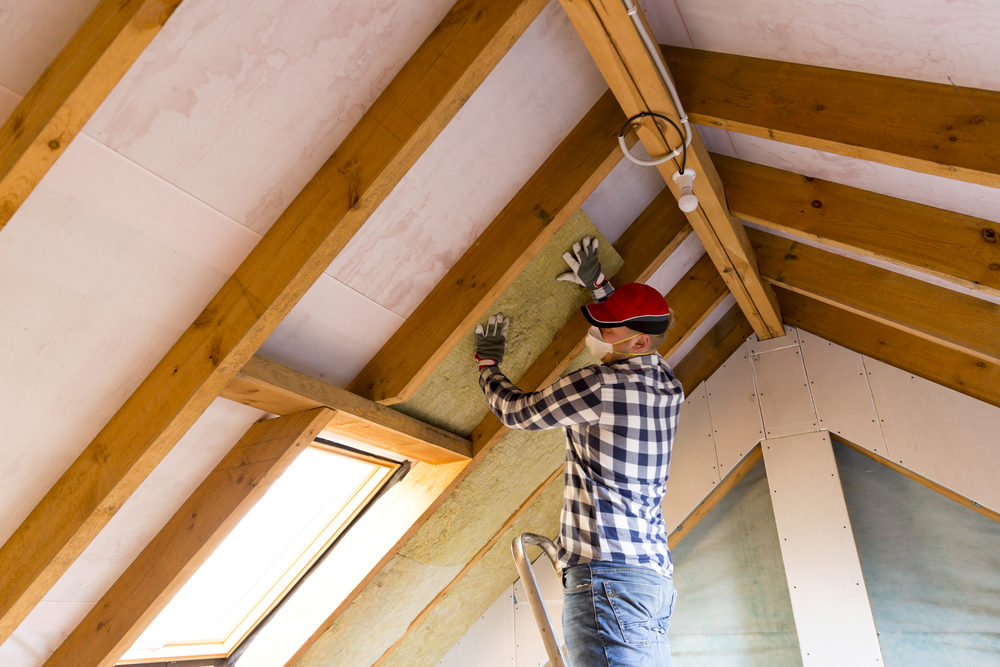
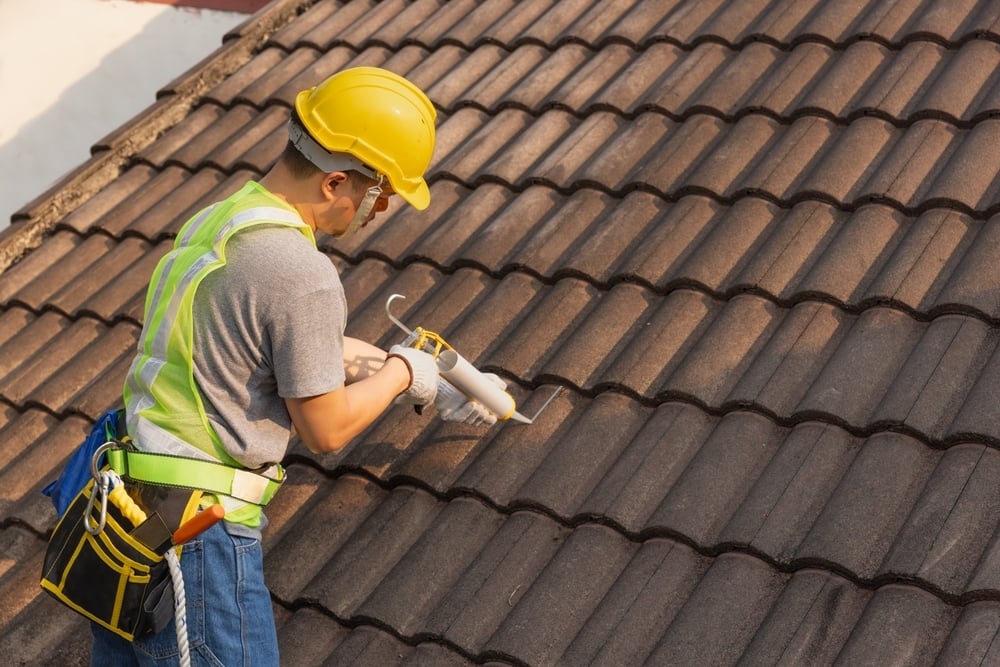
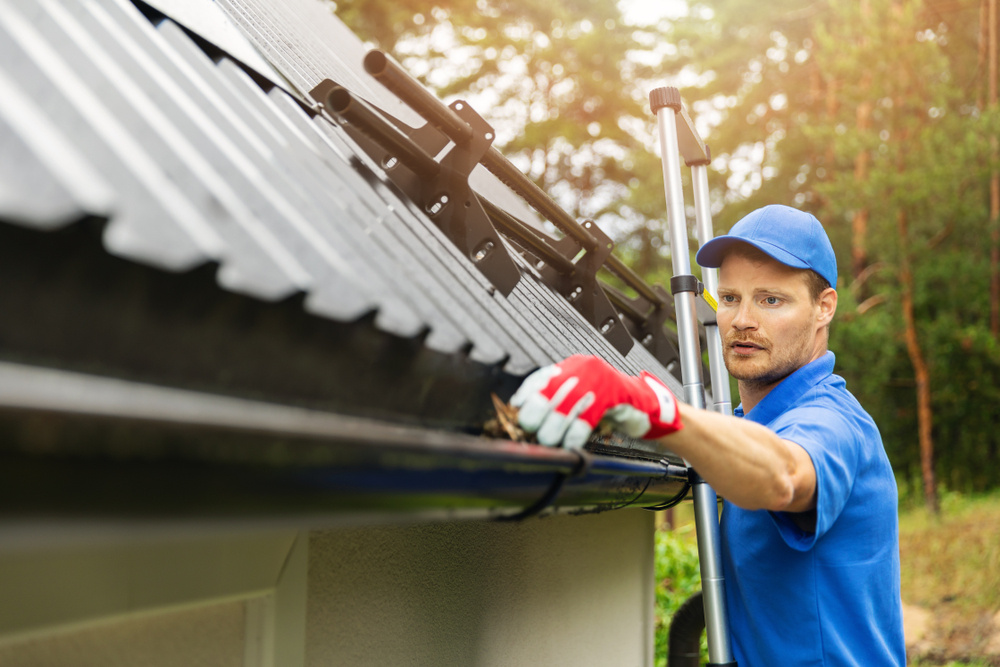

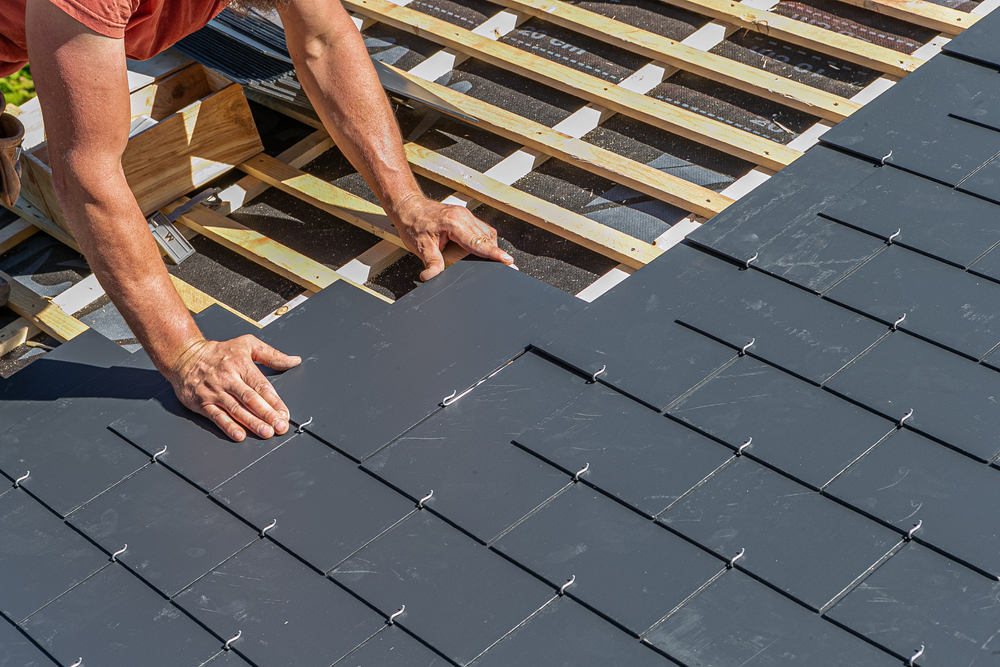
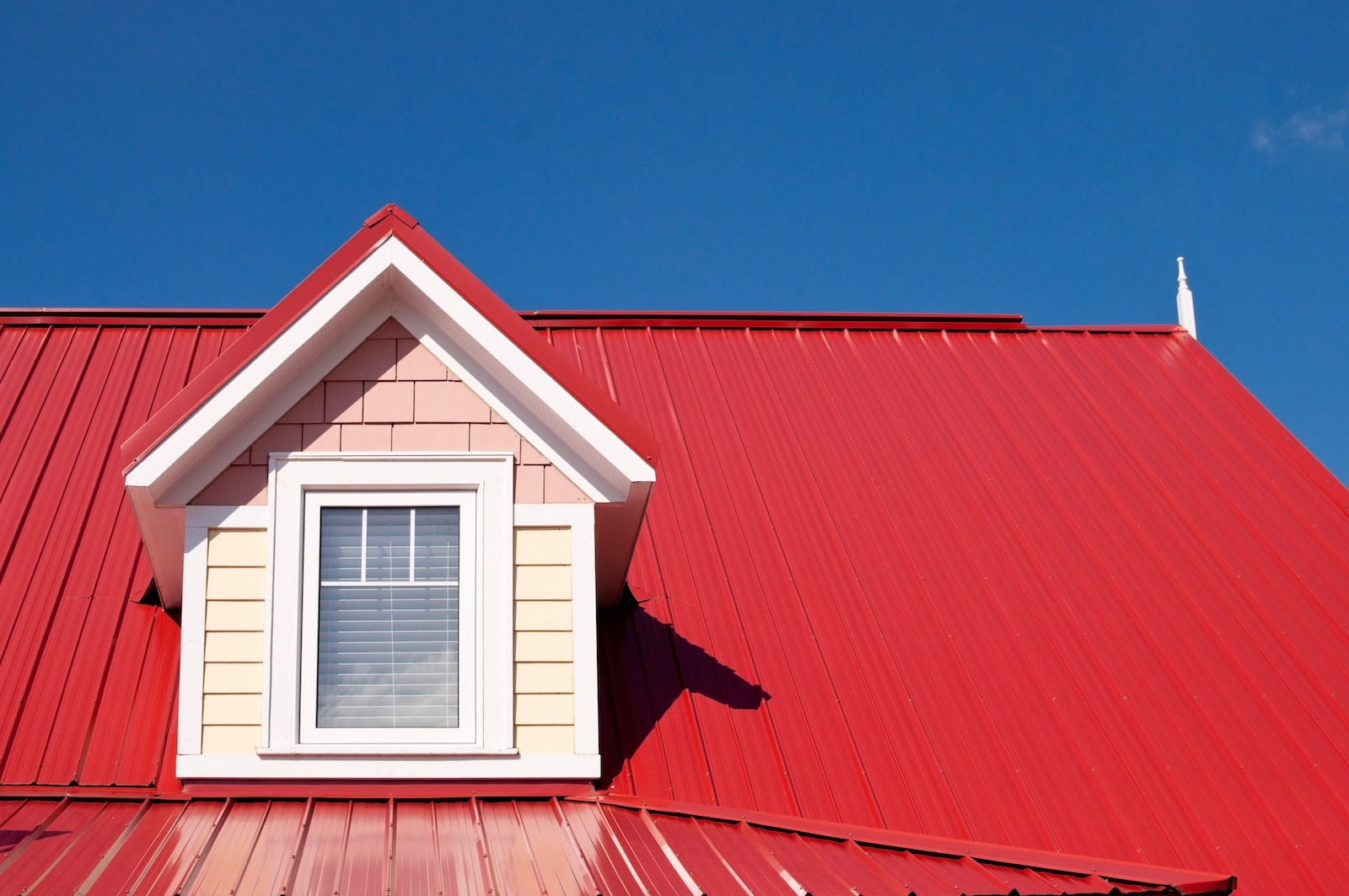
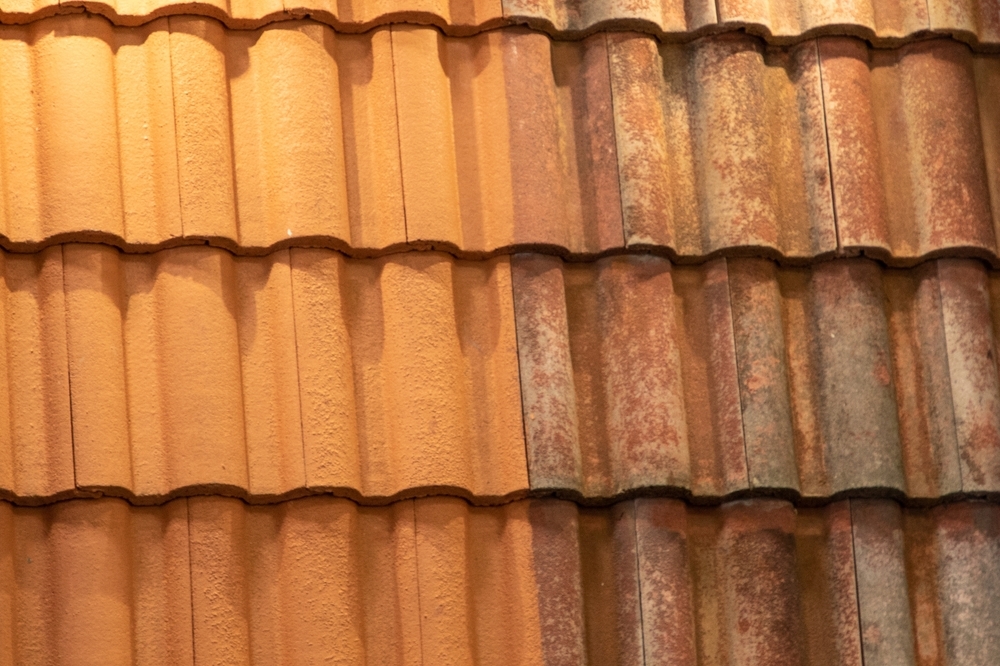
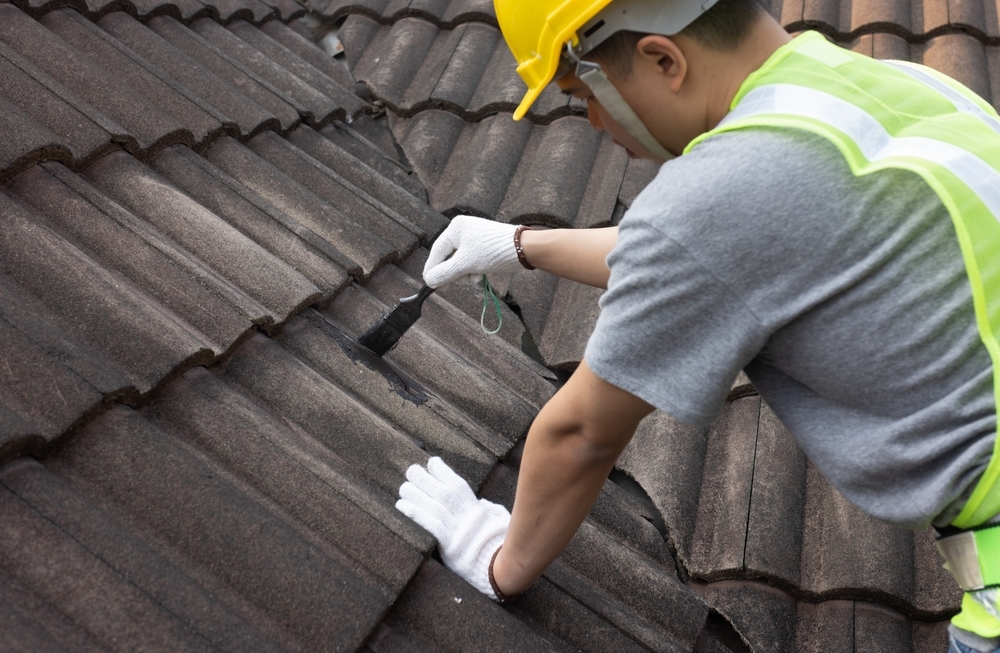
.jpg)
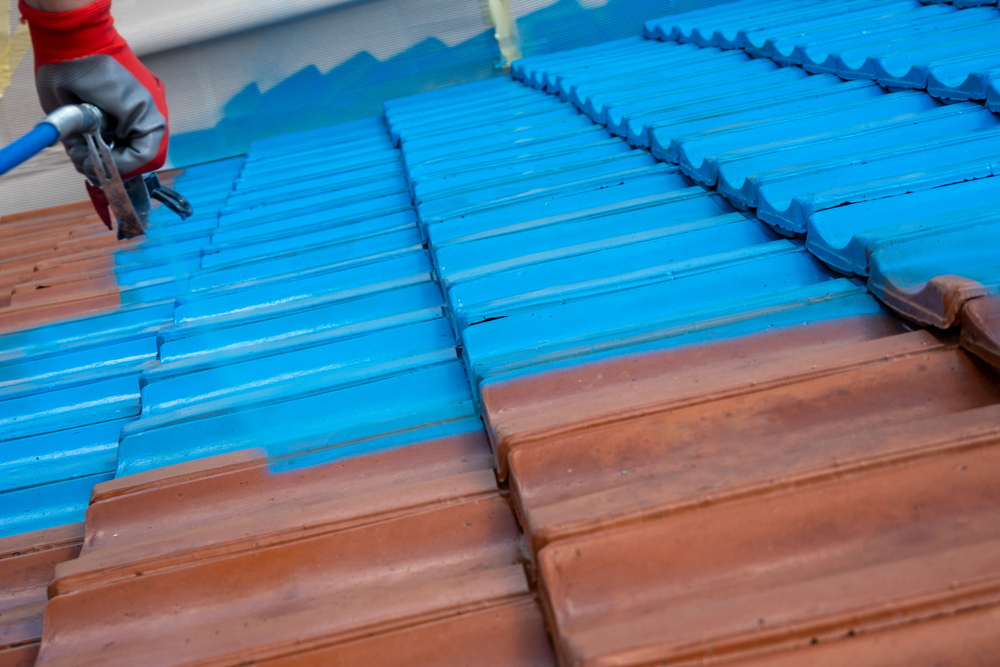
.jpg)
